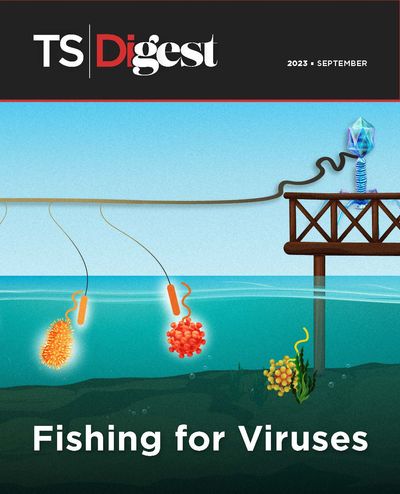Deciphering Plants’ Biochemical Messages
Esther Ngumbi believes that chemical signals between plants, microbes, and insects hold the key to secure and sustainable food production.

Born in Kenya to teachers who farmed on the side to keep her in school, Esther Ngumbi has been fascinated by the relationships between plants, insects, and microbes since childhood. Now an expert on biochemical communication at the University of Illinois Urbana-Champaign, she strives to show how the chemical messaging that underpins interspecies interactions could help future-proof food production.
What’s your favorite example of how plants communicate biochemically with their surroundings?
When plants are attacked by insects, they recruit beneficial soil microbes by sending chemical signals below ground. The microbes help the plants activate their defenses in exchange for sugars. For example, they upregulate the Jasmonic acid pathway, which is critical for insect defense.1 This cooperation helps fend off caterpillars. To me, that is amazing!
How does your work on chemical signals connect to food security and sustainability?
We have African projects that model this well. People border their fields with plants that release natural chemical signals to attract herbivorous insects and lure them away from the crop plants. Among their crops, they have other plants that push nutrients to beneficial microorganisms to keep them close. In fact, we can genetically engineer new plant varieties that do these jobs especially well, and we can design disease-suppressing soil by including specific microbes. Underground communities like rhizobacteria that live on plant roots can also mediate drought tolerance, for example, through enzymes and metabolites that they pass on to the plants.2
So, we can exploit the natural biochemical communication between organisms to design ecosystems that provide food sustainably without lots of fertilizers and pesticides. However, we must keep on our toes because we are dealing with insects and climate change. That keeps me grounded but also excited and connected to the work that I do.
This interview has been condensed and edited for clarity.
References
- Disi JO, et al. Arthropod-Plant Interact. 2017;11:591-602.
- Ngumbi E, Kloepper J. Appl Soil Ecol. 2016;105:109-125.


